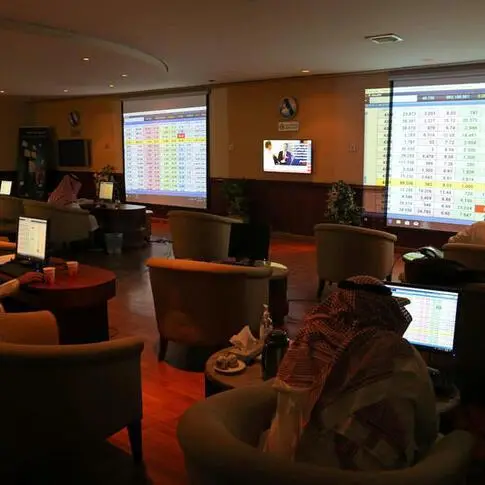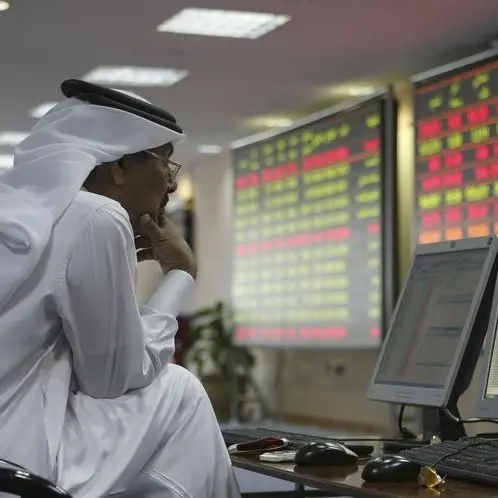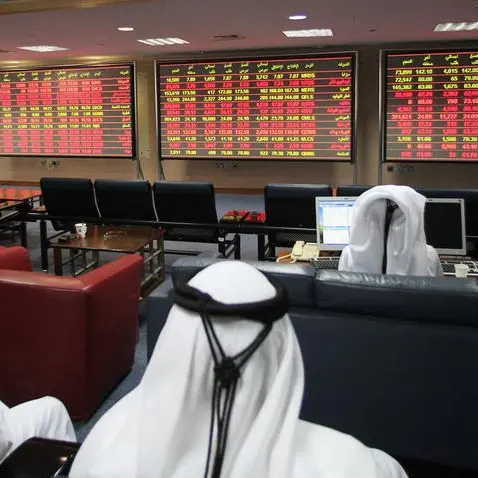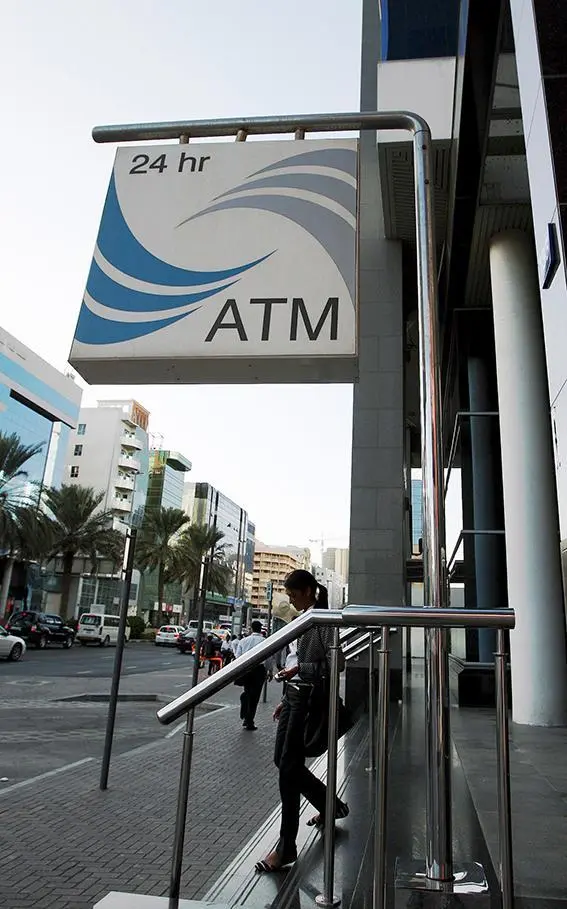Welcome to the home for real-time coverage of markets brought to you by Reuters reporters. You can share your thoughts with us at markets.research@thomsonreuters.com
BUBBLE STOCKS: MORE PAIN FROM RISING YIELDS (0925 EST/1425 GMT)
Classical statistical analysis says that rising interest rates mean lower equity valuations.
But we know that relationship can go either way. So, we can probably use some more in-depth analysis.
Saxo Bank analysts seem pretty sure that increasing borrowing costs will hurt speculative stocks badly.
They compared the 10-day rolling mean return of S&P 500 versus a bubble stocks basket on different levels of U.S. 10-year yield since 4 August 2020, when long-term U.S. interest rates bottomed out.
Saxo's bubble stock basket includes aggressively-valued shares in companies with negative earnings expectations over the next 12 months.
In the chart below we see how the return dynamics of the S&P 500 and our bubble stocks changed quite dramatically.
If “the U.S. 10-year yield marches towards 2% in a fast fashion, it could cause havoc in the speculative parts of the technology sector,” Saxo analysts said.
The equity risk premium - an excess return that investing in the stock market provides over a risk-free rate – over the past ten years has been stable, at an average of 5.6%.
But aggressively valued stocks have "implied equity risk premiums in the range -2% to +1%," Saxo notes.
This means that the entire segment is very sensitive to rising interest rates unlike the overall equity market.
(Stefano Rebaudo)
*****
S&P 500: ON THE BACK FOOT (0900 EST/1400 GMT)
The S&P 500 has been hit hard from its mid-February peak, falling as much as 5.8% in just two weeks. That said, with CME e-mini S&P 500 futures well off their overnight lows, the benchmark index appears poised for a relatively flat open.
Of note, since early 2018 to early 2021, the S&P 500 has now seen six instances of making new highs and then ultimately suffering a sell-off of more than 5%. On average, the index extended just 5.5% above its prior high, over a 27 week period.
In the prior five declines of more than 5%, between late 2018 and early 2020, the average was 16.1% over about 6 weeks. That puts the current near-6% slide over 2 weeks well below the average.
Meanwhile, weekly momentum measures are breaking down. After reaching an all-time high in mid-February, the MACD has rolled over and given a bearish cross. Indeed, until momentum readings stabilize, the SPX can remain vulnerable to a much deeper decline.
This, especially if the MACD were to violate its zero-line as it did in late 2018 and early 2020.
(Terence Gabriel)
*****
(Terence Gabriel is a Reuters market analyst. The views expressed are his own)











